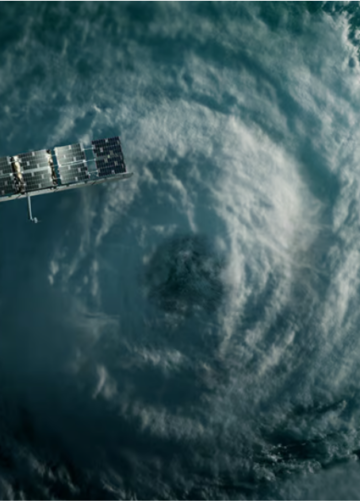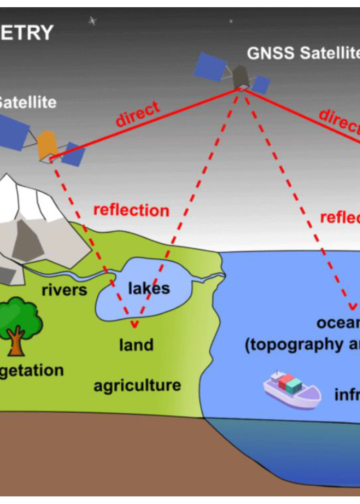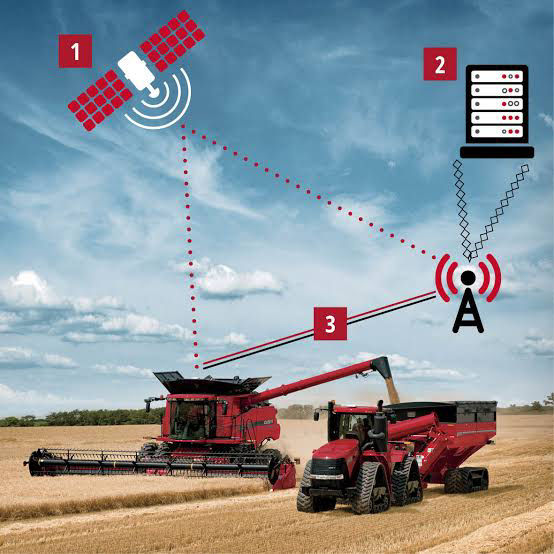Flood hazards pose a significant threat to many regions of East Africa, particularly during the El Niño events, which can lead to excessive rainfall and widespread flooding. The ability to predict and mitigate the effects of such natural disasters is crucial for protecting communities and infrastructure. Geographic Information Systems (GIS) play a pivotal role in this endeavor, allowing experts to create flood hazard maps and simulations that provide valuable information for flood risk management and emergency response.
Flood Risk Mapping and El Niño
In East Africa, the threat of flooding is significantly amplified during El Niño events. To effectively mitigate the effects of such events, flood analysis maps are essential. These maps, based on historical data from the 1997 El Niño, help identify areas prone to flooding when rainfall exceeds normal levels. By utilizing GIS, experts can conduct thorough analyses to pinpoint vulnerable regions and assess potential flood risks.
Data Requirements
Creating accurate flood hazard maps requires a variety of data sources:
- Digital Elevation Model (DEM): DEM data provides vital information about the topography of the study area. It helps in understanding how water flows and accumulates during flooding.
- Soil Data: Information about soil properties, such as those from the Soil Survey Geographic Database (SSURGO), is crucial for understanding infiltration rates and water retention, which can influence flooding.
- Land Cover Data: Data from sources like the United States Geological Survey (USGS) can help determine the land cover types in the area, which is essential for predicting flood extent.
- Hydrography Data: Information about the stream network is vital for understanding river behavior and potential flood pathways.
Image preprocessing, carried out using remote sensing software, is used to enhance and prepare the imagery for analysis.
GIS Software and Hydrological Modeling
To visualize and create maps, experts employ software such as ArcGIS. This software provides powerful tools for data visualization and mapping. For hydrological modeling, tools like ArcHydroTool, Hec-GeoRAS, and Hec-GeoHMS for ArcGIS 10 are commonly used. These tools are essential for analyzing hydrological processes, flow regulation, and flood inundation.
Workflow

Credit: un-spider.org
Skills Requirements
Expertise in GIS and hydraulic modeling is necessary for successfully conducting flood hazard mapping. Individuals must have intermediate to advanced knowledge in these areas to accurately analyze the data and develop effective flood simulations.
Applications
The applications of flood hazard mapping and GIS in East Africa are diverse and far-reaching:
- Damage Assessment: Flood extent information helps assess the damage caused by floods, aiding in disaster recovery and risk management.
- Emergency Response: Coordinating emergency activities during flood events is significantly improved with accurate flood extent information. This ensures a more efficient and effective response.
- Calibration and Validation: Hydraulic models are calibrated and validated using flood extent data, allowing experts to reconstruct events and monitor the extent of flooded areas.
- Prediction and Modeling: Flood prediction and modeling rely on GIS technology to approximate rainfall-runoff transformations and other hydrological processes. These models are crucial for understanding potential flood impacts.
Strengths and Limitations
Strengths of using GIS for flood hazard mapping in East Africa include:
- Efficient Hazard Prediction: GIS is an efficient tool for predicting potential flood hazards, particularly in vulnerable areas.
- Local Prevention Strategies: These maps are instrumental in developing local strategies for flood prevention and mitigation.
- Coordination during Emergencies: GIS facilitates the coordination of emergency response efforts during extreme events.
- Improved Information Accessibility: Accessible information supports informed decision-making during and after floods.
- Information Storage: GIS allows for the storage of vital data, which can be used for future situations and long-term planning.
However, there are also limitations:
- Data Accuracy: Highly accurate DEM data is required for precise modeling.
- Data Availability: The availability of observational data for model assessment can be a challenge in some areas.
- Calibration Challenges: Calibration of the hydrological model requires in-depth knowledge of the study area and experience.
- Sensitivity to Boundary Conditions: GIS models are sensitive to boundary conditions, and their accuracy relies on the quality of input data.
Geographic Information Systems have revolutionized flood hazard mapping and mitigation efforts in East Africa. By leveraging GIS technology, experts can accurately predict and prepare for the impacts of El Niño-induced flooding, ensuring that communities are better equipped to handle such natural disasters. Despite some limitations, the benefits of GIS applications in flood risk mapping are substantial, making it an invaluable tool for safeguarding vulnerable regions against the destructive forces of nature.









